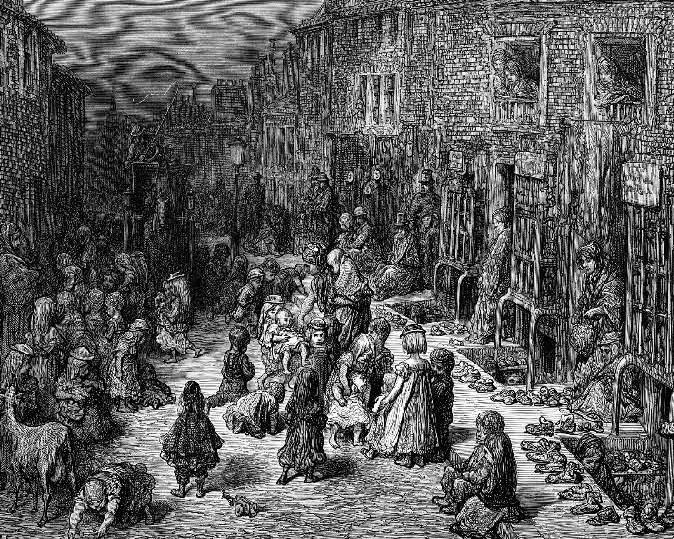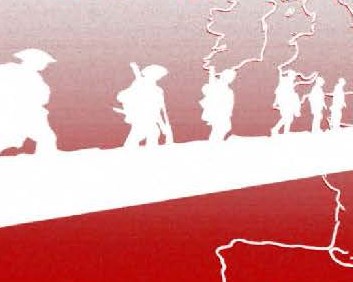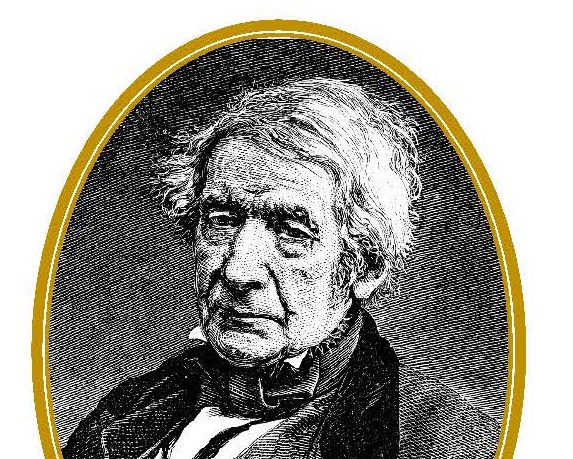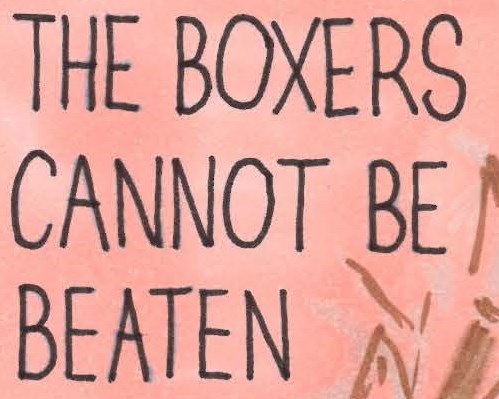- Home
- Resources
- Work samples
- Samples
- Source analysis and extended response: The Industrial Revolution - Above
History
Year 9
Above satisfactory
Source analysis and extended response: The Industrial Revolution
Summary of task
Students examined four primary sources detailing working conditions in factories, mines and other operations during the Industrial Revolution. They completed four source analysis tables, recording their findings and ideas about the nature, content and use of each source. Students then wrote an extended text, using evidence from three of the four sources, to support their opinions on whether or not the Industrial Revolution improved the living and working conditions of children. The task was completed at home over a period of two weeks.
Achievement standard
By the end of Year 9, students refer to key events and the actions of individuals and groups to explain patterns of change and continuity over time. They analyse the causes and effects of events and developments and make judgements about their importance. They explain the motives and actions of people at the time. Students explain the significance of these events and developments over the short and long term. They explain different interpretations of the past.
Students sequence events and developments within a chronological framework, with reference to periods of time and their duration. When researching, students develop different kinds of questions to frame a historical inquiry. They interpret, process, analyse and organise information from a range of primary and secondary sources and use it as evidence to answer inquiry questions. Students examine sources to compare different points of view. When evaluating these sources, they analyse origin and purpose, and draw conclusions about their usefulness. They develop their own interpretations about the past. Students develop texts, particularly explanations and discussions, incorporating historical interpretations. In developing these texts and organising and presenting their conclusions, they use historical terms and concepts, evidence identified in sources, and they reference these sources.
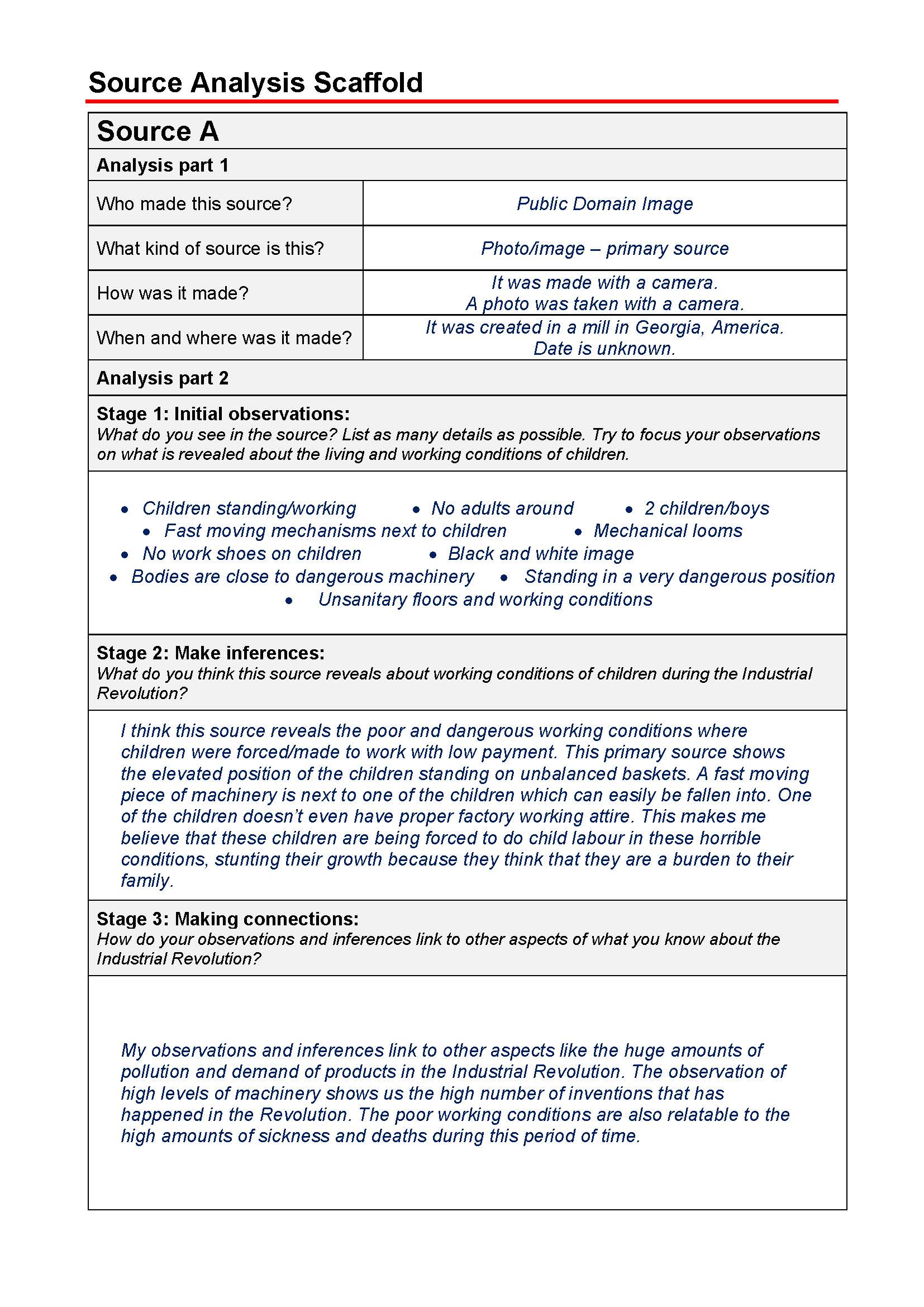 1
Annotation 1
1
Annotation 1
Records features of a source to identify its type 2 Annotation 2
Records detailed observations of the content of a source 3 Annotation 3
Makes generalisations about a historical period supported by specific details drawn from a source 4 Annotation 4
Describes and connects features of a historical period
-
Annotations
-
1
Annotation 1
Records features of a source to identify its type -
2
Annotation 2
Records detailed observations of the content of a source -
3
Annotation 3
Makes generalisations about a historical period supported by specific details drawn from a source -
4
Annotation 4
Describes and connects features of a historical period
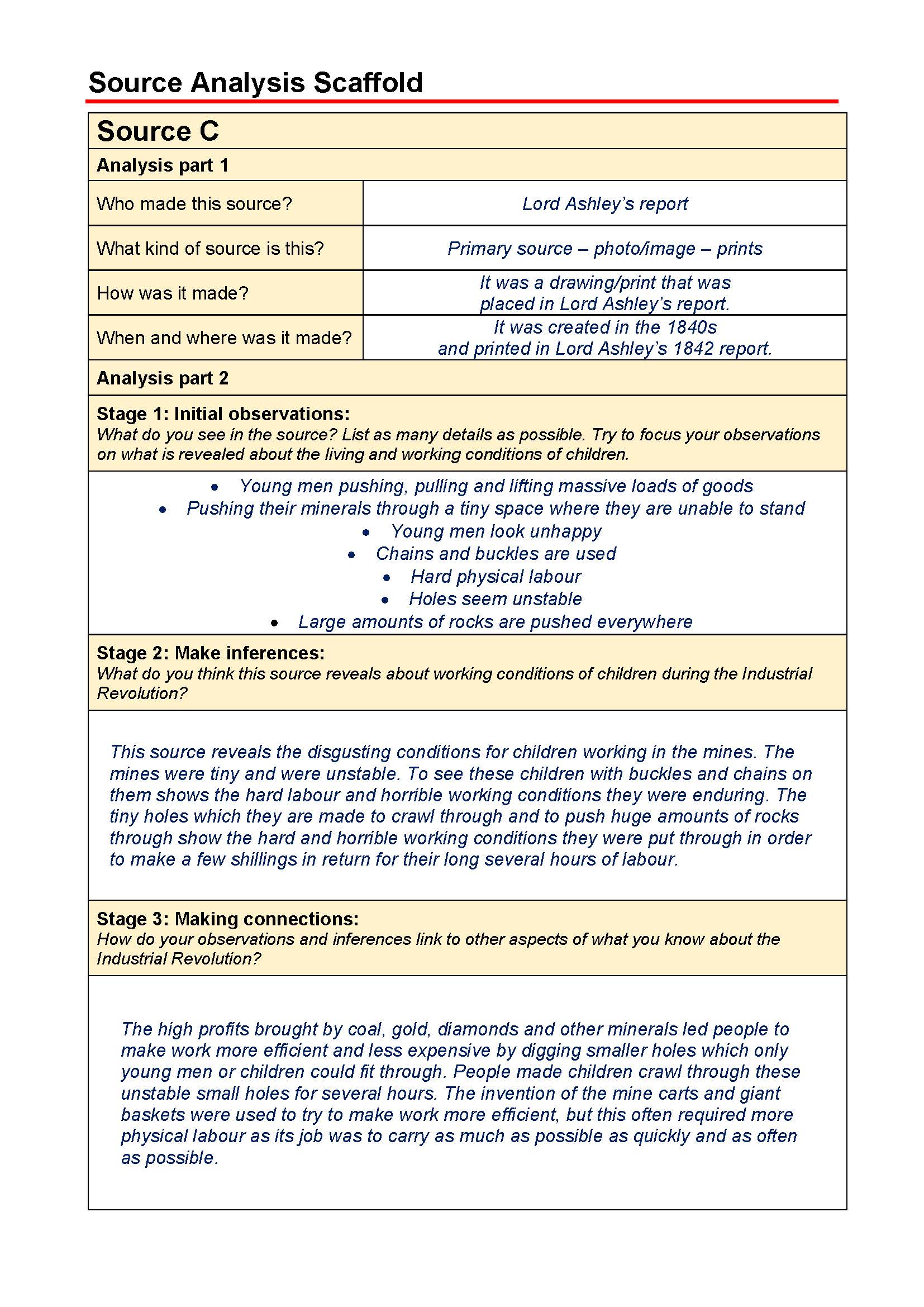 1
Annotation 1
1
Annotation 1
Records features of a source to identify its type 2 Annotation 2
Records detailed observations of the content of a source 3 Annotation 3
Makes generalisations about a historical period supported by specific details drawn from a source 4 Annotation 4
Explains and connects features of a historical period
-
Annotations
-
1
Annotation 1
Records features of a source to identify its type -
2
Annotation 2
Records detailed observations of the content of a source -
3
Annotation 3
Makes generalisations about a historical period supported by specific details drawn from a source -
4
Annotation 4
Explains and connects features of a historical period
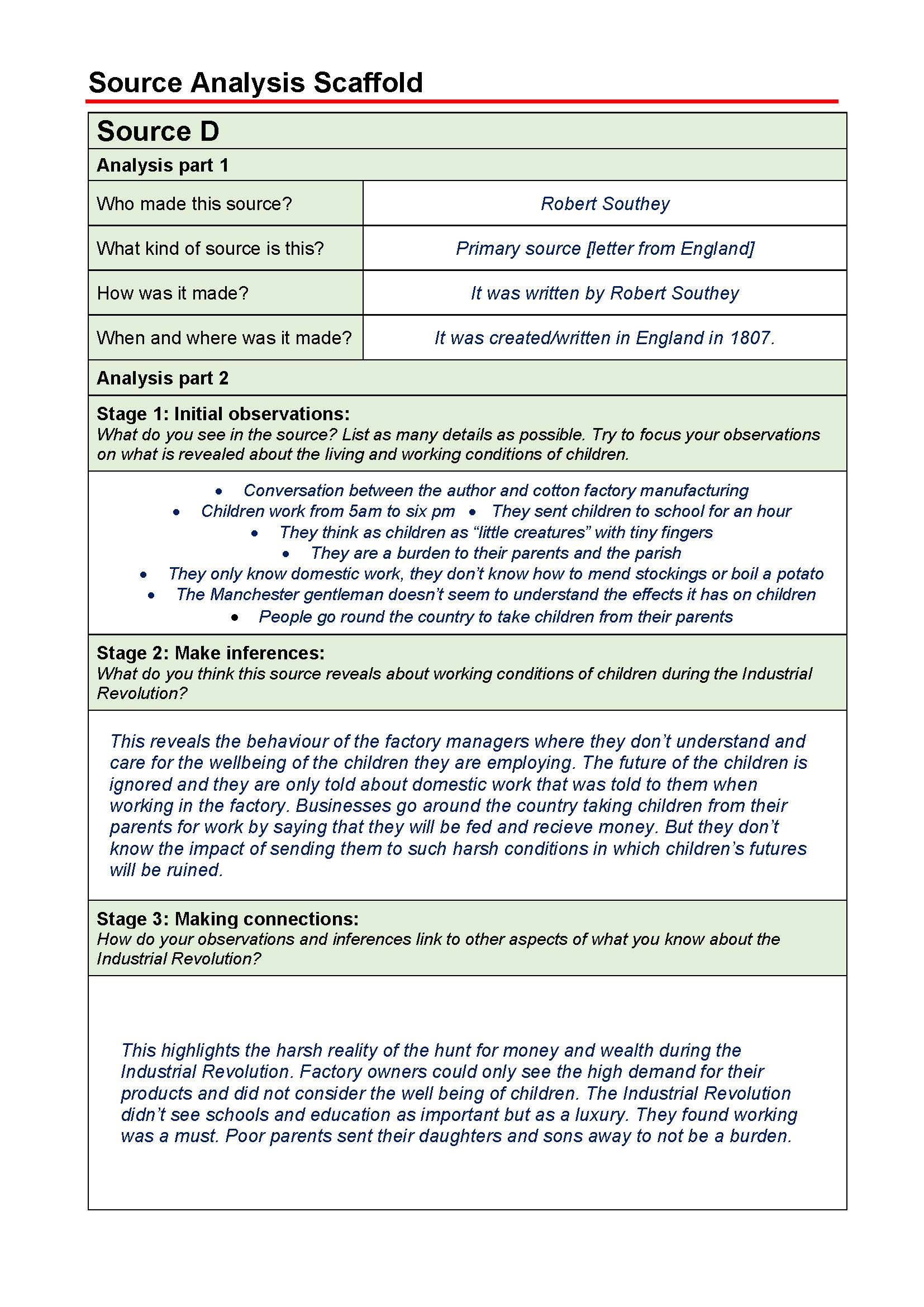 1
Annotation 1
1
Annotation 1
Records features of a source to identify its type 2 Annotation 2
Records detailed observations of the content of a source 3 Annotation 3
Analyses the content and perspective of a source 4 Annotation 4
Describes and connects features of a historical period
-
Annotations
-
1
Annotation 1
Records features of a source to identify its type -
2
Annotation 2
Records detailed observations of the content of a source -
3
Annotation 3
Analyses the content and perspective of a source -
4
Annotation 4
Describes and connects features of a historical period
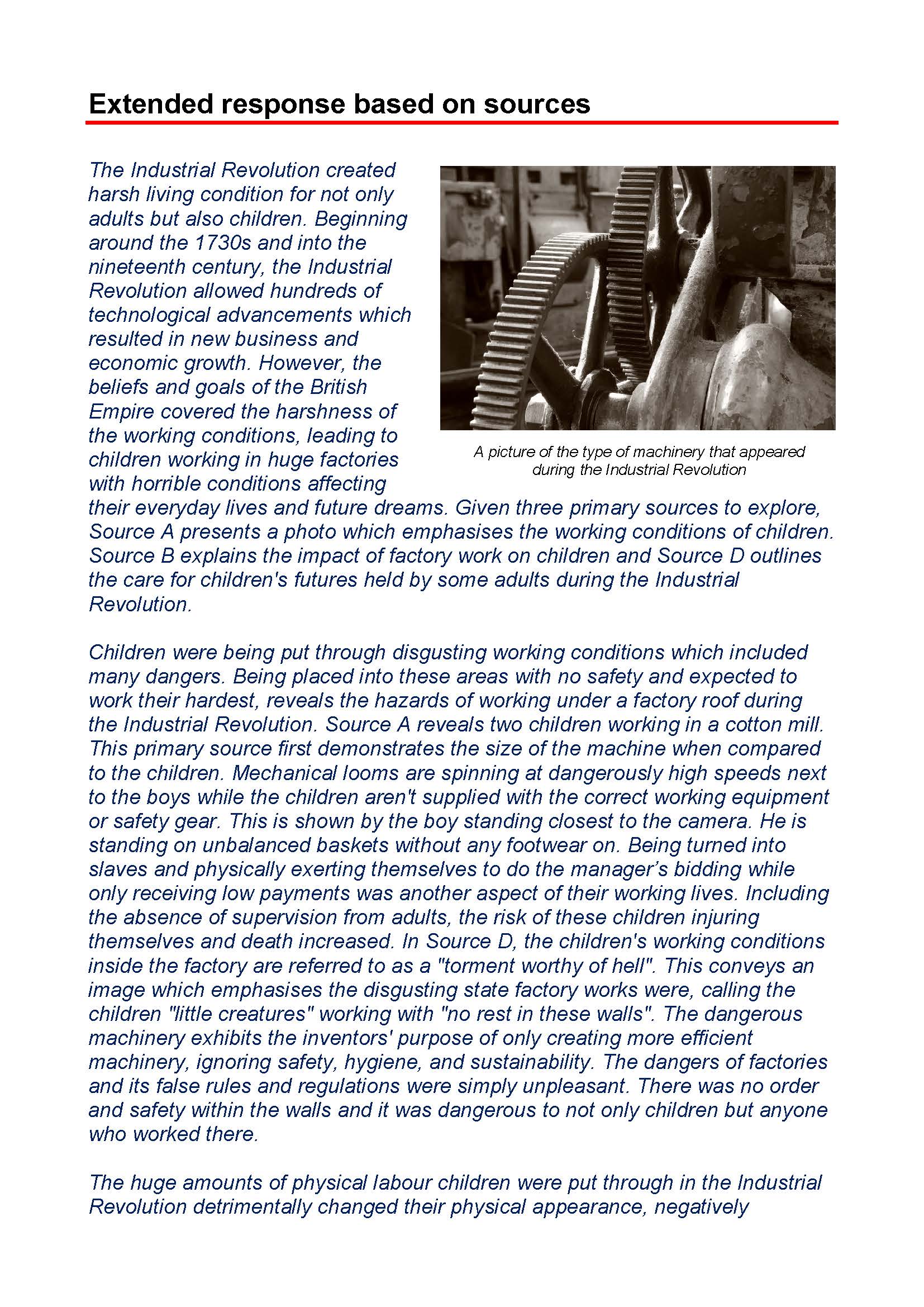 1
Annotation 1
1
Annotation 1
Places developments and events into a historical sequence and context 2 Annotation 2
Supports conclusions using evidence drawn from multiple sources 3 Annotation 3
Uses direct quotation and acknowledges information sources
-
Annotations
-
1
Annotation 1
Places developments and events into a historical sequence and context -
2
Annotation 2
Supports conclusions using evidence drawn from multiple sources -
3
Annotation 3
Uses direct quotation and acknowledges information sources
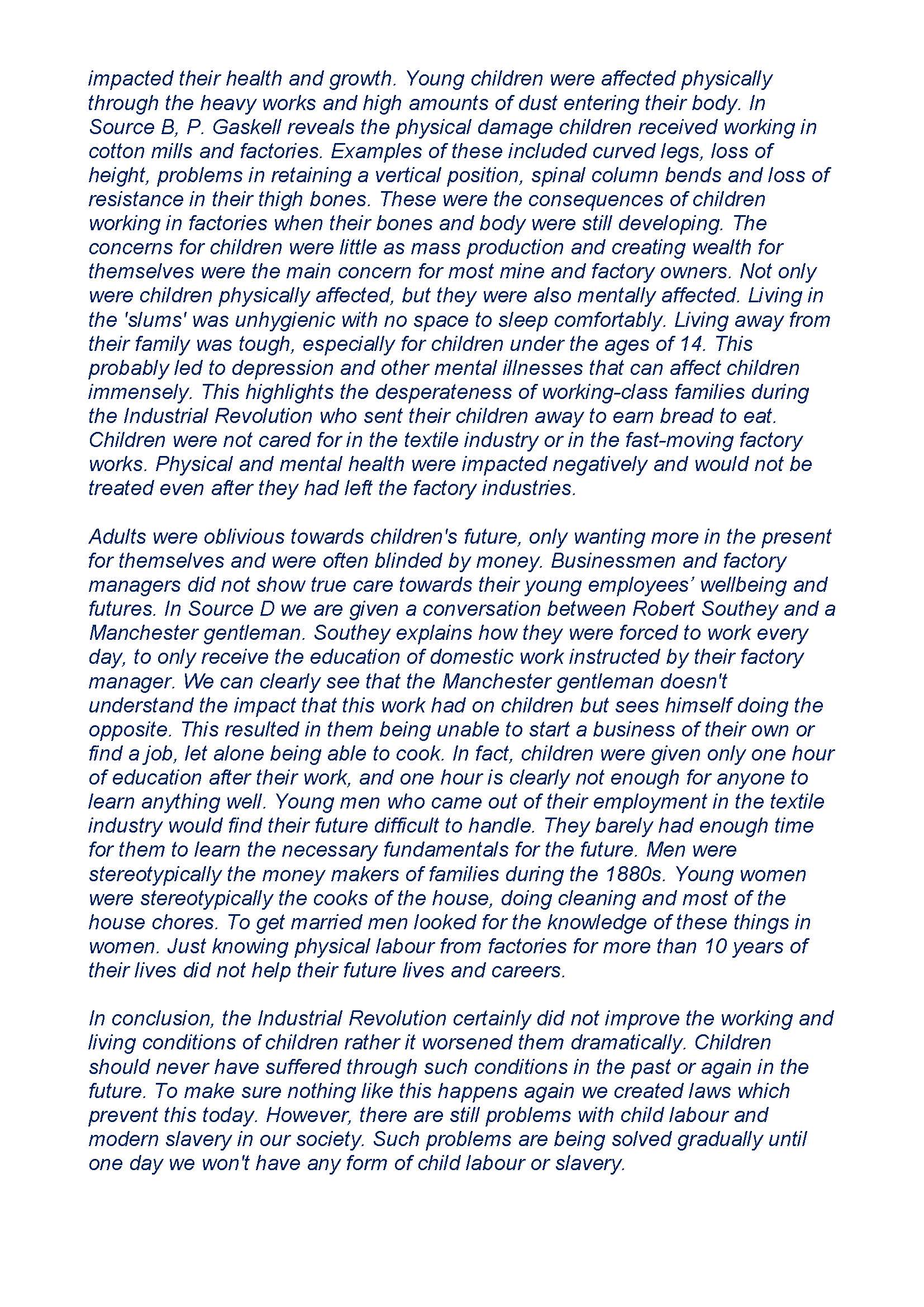 1
Annotation 1
1
Annotation 1
Supports conclusions using evidence drawn from an acknowledged source 2 Annotation 2
Describes features of a historical period based on observations from a range of sources 3 Annotation 3
Analyses the perspective of a source 4 Annotation 4
Communicates ideas in a well-structured written text 5 Annotation 5
Draws a conclusion about the past and its relationship to the present
-
Annotations
-
1
Annotation 1
Supports conclusions using evidence drawn from an acknowledged source -
2
Annotation 2
Describes features of a historical period based on observations from a range of sources -
3
Annotation 3
Analyses the perspective of a source -
4
Annotation 4
Communicates ideas in a well-structured written text -
5
Annotation 5
Draws a conclusion about the past and its relationship to the present
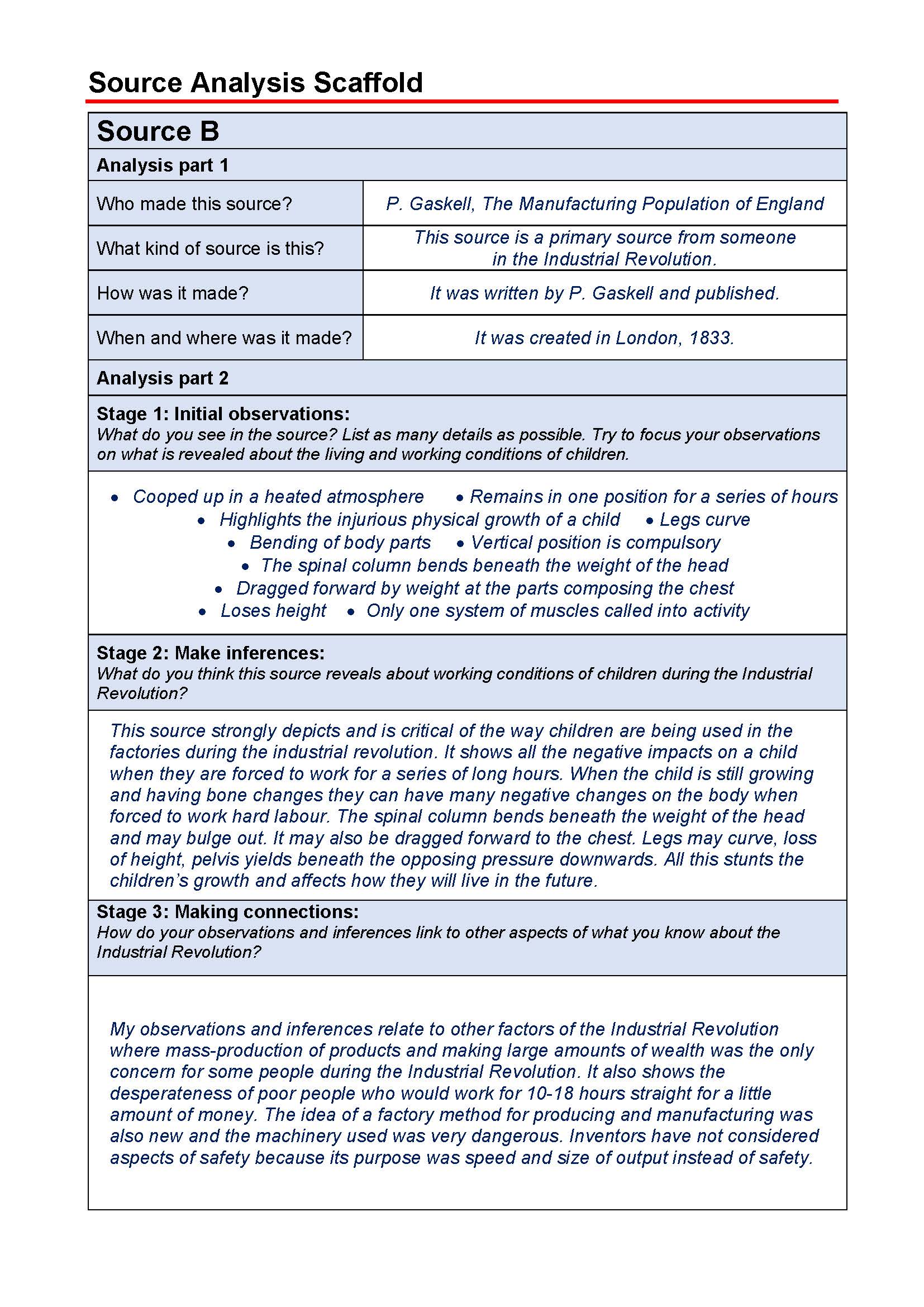 1
Annotation 1
1
Annotation 1
Records features of a source to identify its type 2 Annotation 2
Records detailed observations of the content of a source 3 Annotation 3
Analyses the content and perspective of a source 4 Annotation 4
Explains the usefulness of a source within its historical context
-
Annotations
-
1
Annotation 1
Records features of a source to identify its type -
2
Annotation 2
Records detailed observations of the content of a source -
3
Annotation 3
Analyses the content and perspective of a source -
4
Annotation 4
Explains the usefulness of a source within its historical context
